When news broke that President Trump had signed a proclamation imposing a $100,000 fee on H-1B visa petitions, corporate America exploded into confusion. Top tech firms, banks, and outsourcing companies scrambled: “What does this actually mean? Who must pay? Is this recurring? What about current holders?” It was a chaotic few hours — then the White House clarified: this is not an annual fee; it’s a one-time fee that applies only to new petitions. Existing H-1B holders, renewals, or those abroad re-entering on current status are not subject to this cost. Business Insider+3San Francisco Chronicle+3Financial Times+3
How Many Could Be Affected & From Where
To grasp the scale:
Around 583,000 people were authorized to work in the U.S. under the H-1B status as of September 2019. USCIS+1
For new visas: there is an annual cap of 65,000 new H-1B visas, plus 20,000 more for those holding advanced degrees from U.S. institutions. So up to ~85,000 new cap-subject visas in a given fiscal year. FWD.us+1
In fiscal-year 2025, about 442,000 people registered for the H-1B lottery, competing for those ~85,000 slots. FWD.us
Countries likely to feel the biggest effects:
India: Historically, approximately 73% of approved H-1B visa holders in recent years are born in India. Pew Research Center+1
China: The second largest share, roughly 12% in recent years. Pew Research Center+1
Other countries contribute, but each usually less than ~2% of annual approvals. Pew Research Center+2Wikipedia+2
So, tens of thousands of new applicants from India and China stand to be directly affected every year. Because only new petitions are targeted, people renewing existing visas are spared — but the change changes the calculus for foreign-talented workers planning to come to the U.S. for the first time under H-1B status.
Possible Market & Economic Impacts
Here are some of the likely fallout scenarios:
Tech / Outsourcing Firms Will Pay More or Hire Less
Companies that depend heavily on H-1B talent — especially in software, IT services, AI, cloud, etc. — may face substantially higher costs to hire new foreign employees. For some firms, particularly smaller or mid-sized ones, $100,000 per new visa is a big burden. They may delay hiring, shift more work domestic, or outsource abroad rather than hire U.S.-based or foreign talent via H-1Bs.Wages & Compensation Pressure
If foreign new hires get more expensive, firms may demand higher wages to justify the investment, or they may try to substitute with domestic talent. Could increase competition for U.S. tech workers, pushing up wages in certain roles.Innovation / Startups Could Suffer
Many startups and tech R&D teams rely on global talent pipelines. If cost barriers rise, some projects may stall, or highly skilled candidates may choose other countries with more favorable policies.Supply of Talent Shrinks
Demand for H-1B spots already outpaces supply: ~442,000 registrants for ~85,000 visas. Adding a steep fee could dissuade some applicants, potentially reducing the number of new highly skilled workers in the U.S. over time. This could slow growth in sectors relying on STEM-foreign talent — AI, semiconductors, biotech, etc.Global Relationships & Reputation
Countries with large diaspora workforce contributions (India, China, etc.) may see this as unfriendly, which could strain both economic ties and talent flows. Some foreign professionals may opt for other destinations (Canada, UK, EU) with more stable or welcoming visa regimes.Stock Market / Tech Stocks
Investors may react poorly to any signals that U.S. competitiveness is weakening in tech. Tech stocks (both incumbents and startups) may face uncertainty. Companies with large H-1B-hiring pipelines might face earnings pressure or higher effective costs.
What Could Happen Moving Forward
Legal challenges are likely. Policies that impose large fees or fees not authorized by Congress often face court scrutiny.
Firms may reroute hiring or relocate some roles to countries with more favorable immigration climates.
U.S. could see more lobbying from big tech, trade groups, and foreign governments.
Some of the worst shocks may happen during the transition period (i.e. between announcement, when the policy takes effect, and when companies adjust hiring plans).
